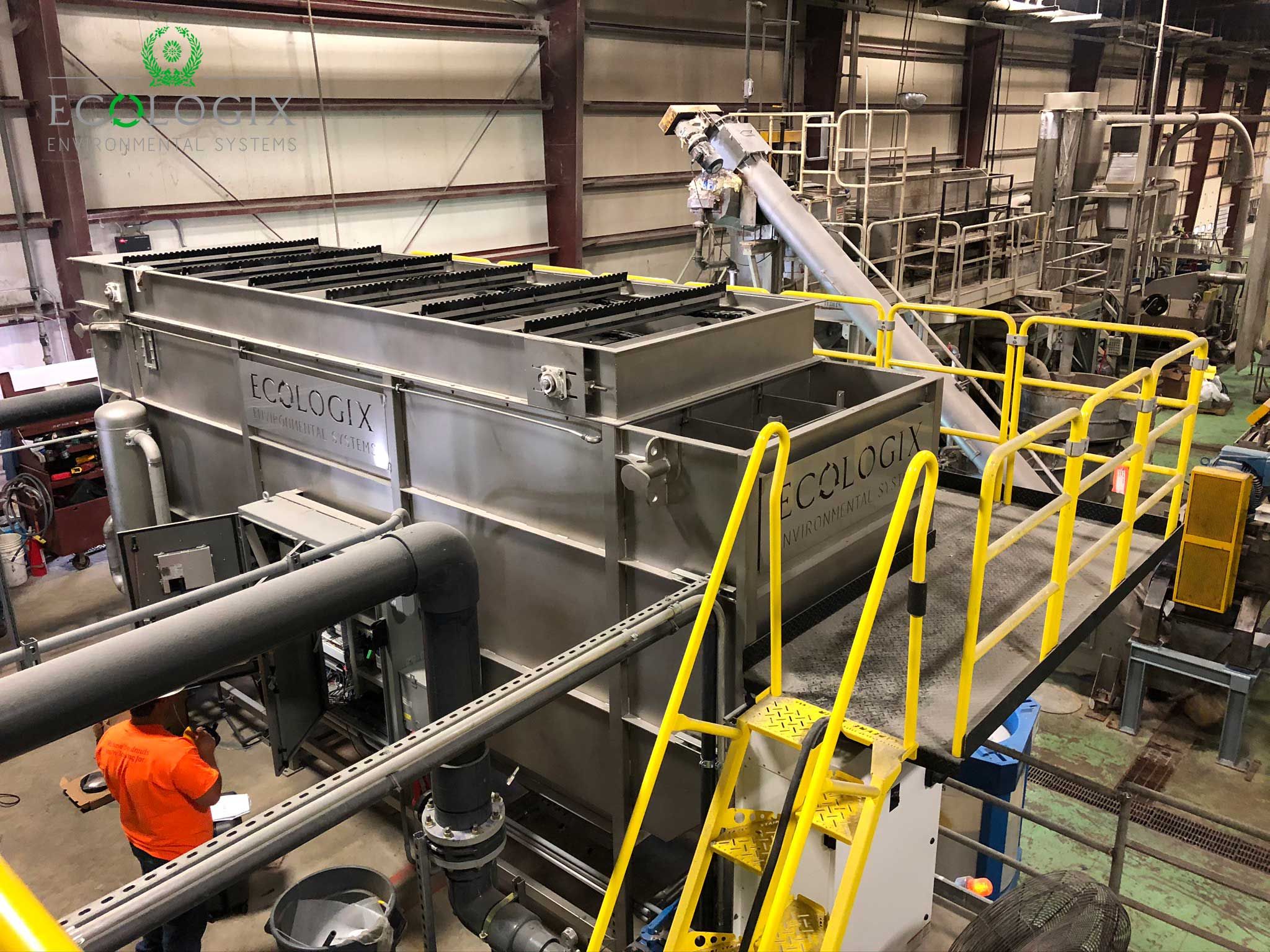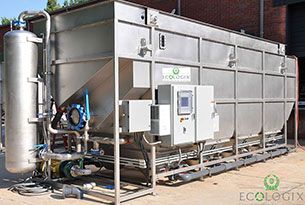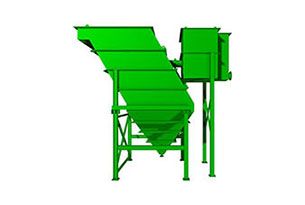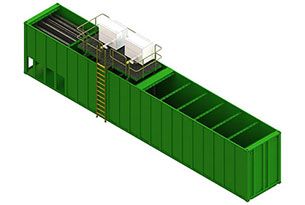Industrial wastewater treatment encompasses a diverse array of crucial solutions designed to mitigate pollution and enable water reuse. Key methods frequently sought after include physical treatments like sedimentation and filtration, chemical processes such as coagulation and advanced oxidation, and biological approaches like activated sludge and anaerobic digestion. Increasingly, membrane technologies (UF, NF, RO) are vital for achieving high-quality effluent and facilitating zero liquid discharge (ZLD) systems, while specialized solutions target contaminants like heavy metals and PFAS. The demand for these solutions is driven by stringent regulatory compliance, the pressing need for water conservation and reuse, and the pursuit of cost-effective and sustainable operations across various industries.
Common Treatment Methods
- Physical Treatment: These methods remove large solids and suspended
particles.
- Screening: Removes large debris.
- Sedimentation (Clarification): Allows heavier particles to settle out. Often enhanced with coagulants and flocculants.
- Filtration: Passes wastewater through a filter to remove suspended particles. This includes various types like sand filtration, multimedia filtration, and increasingly, membrane filtration.
- Flotation (e.g., Dissolved Air Flotation - DAF): Uses small air bubbles to lift suspended solids, oils, and grease to the surface for removal.
- Chemical Treatment: Involves the use of chemicals to remove
contaminants.
- Chemical Coagulation/Flocculation: Adding chemicals to cause particles to clump together for easier removal by settling or filtration. This is one of the most commonly used methods.
- pH Adjustment/Neutralization: Adjusting the acidity or alkalinity of the wastewater to prepare it for further treatment or discharge.
- Oxidation (e.g., Advanced Oxidation Processes - AOPs): Uses strong oxidants like ozone, hydrogen peroxide, and UV light to break down persistent organic compounds and other pollutants.
- Ion Exchange: Removes dissolved contaminants by exchanging ions with a resin bed.
- Biological Treatment: Uses microorganisms to break down organic matter
and pollutants.
- Aerobic Biological Treatment (e.g., Activated Sludge, Moving Bed Biofilm Reactors - MBBR, Membrane Bioreactors - MBR): Microorganisms break down organic compounds in the presence of oxygen.
- Anaerobic Biological Treatment (e.g., Anaerobic Digestion, Anaerobic Membrane Bioreactors - AnMBR): Microorganisms break down organic compounds in the absence of oxygen, often producing biogas (methane) as a byproduct.
- Biological Nutrient Removal (BNR): Specifically designed to remove nitrogen and phosphorus.
- Membrane Technologies: These are increasingly popular for achieving
high-quality effluent and water reuse.
- Ultrafiltration (UF): Removes suspended solids, bacteria, and macromolecules.
- Nanofiltration (NF): Removes smaller particles, multivalent ions, and some organic molecules.
- Reverse Osmosis (RO): Removes salts, dissolved solids, and impurities, often used for desalination and water reuse.

Emerging and Specialized Solutions
- Zero Liquid Discharge (ZLD): Aims to treat and recycle all wastewater on-site, minimizing discharge and maximizing water recovery. This often involves a combination of advanced membrane technologies and thermal evaporation.
- Resource Recovery: Focuses on extracting valuable substances from wastewater, such as nutrients, metals, or energy (e.g., biogas from anaerobic digestion).
- Specific Contaminant Removal: Solutions targeting particular pollutants like heavy metals, PFAS, or specific organic compounds often involve specialized sorbents, advanced oxidation, or electrochemical methods.
Factors Influencing Search and Adoption
- Regulatory Compliance: Meeting increasingly stringent environmental discharge regulations is a primary driver.
- Water Scarcity and Reuse: The growing need for water conservation leads to increased interest in water recycling and reuse technologies.
- Cost-Effectiveness: Industries seek solutions that are efficient to operate and maintain, minimizing waste disposal costs.
- Sustainability and Environmental Impact: Reducing energy consumption, chemical usage, and sludge production are becoming more important.
- Industry-Specific Needs: Different industries (e.g., food and beverage, textile, chemical, mining) have varying wastewater characteristics, leading to searches for tailored solutions.
Ready to Optimize Your Water Treatment?
Connect with Ecologix Systems today to discuss your specific needs.
Contact Our Experts Now

